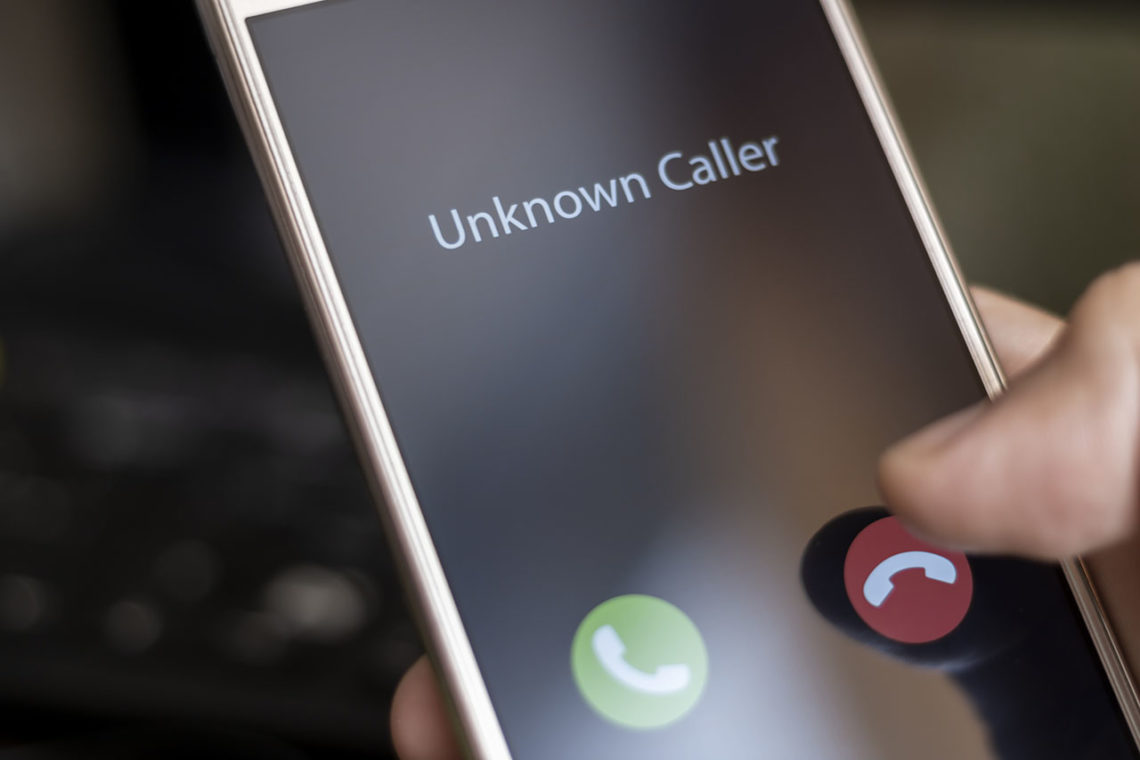The good news about robocalls is that their numbers are decreasing, down 17% in June 2019 from an all-time high in March 2019. The bad news? There were still 4.35 billion robocalls in June! However, a new call authentication technology seems to be helping to reduce the number of nuisance calls.
Called SHAKEN/STIR, it can catch potentially fraudulent robocalls at the carrier level, before the call gets to consumers. SHAKEN/STIR stands for Signature-based Handling of Asserted Information Using toKENs (SHAKEN) and the Secure Telephone Identity Revisited (STIR). It is used to authenticate phone calls using cryptographics. It uses digital fingerprints to determine if the call originated from the number that shows up on Caller ID.
The major telecoms have implemented SHAKEN/STIR across their networks; however, many of the tier-two and tier-three companies have not completed upgrading their systems to technology that is compatible with SHAKEN/STIR. About 87 percent of “bad traffic” is carried by non-tier-one networks, according to Lavinia Kennedy, director of product management for Transaction Network Services, a firm that provides analytics for telecoms like T-Mobile and Verizon. At a July 2019 FCC robocall summit, many of the smaller carriers say they’re on track to have SHAKEN/STIR by mid-2020.
Even with the full implementation of SHAKEN/STIR, loopholes remain. One is that without international agreements to implement SHAKEN/STIR, robocalls originating outside the country will not be affected. Additionally, laws are required to hold illegal callers responsible. Congress is currently considering a bill that would require telephone companies to use caller-ID authentication and would call for stronger enforcement against illegal callers.
Although progress is being made, the battle against robocalls is far from over. Here are some steps consumers can take to defend against robocalls while waiting for the technology to be fully implemented.
- Sign up for the Do Not Call Registry. This won’t stop the illegal callers, but it should reduce the number of calls from legitimate telemarketers. And any reduction is good. You will also still get calls from the organizations that are not prohibited from calling, such as political campaigns, charities and companies with which you have a business relationship.
- Find out if robocall blocking is available from your carrier and how much it costs. Some may offer free protection automatically. If not, decide if you want to pay your carrier for the service or choose another option that may have a lower cost or even be free. Available apps include Nomorobo, Hiya, Mr. Number, Robokiller and YouMail.
- Update your contacts list and use whitelisting to block calls from any number not on the list.
- Don’t engage with robocallers. Some calls will probably get through. If you accidentally answer one, hang up immediately.
- File a complaint with the Federal Trade Commission.



